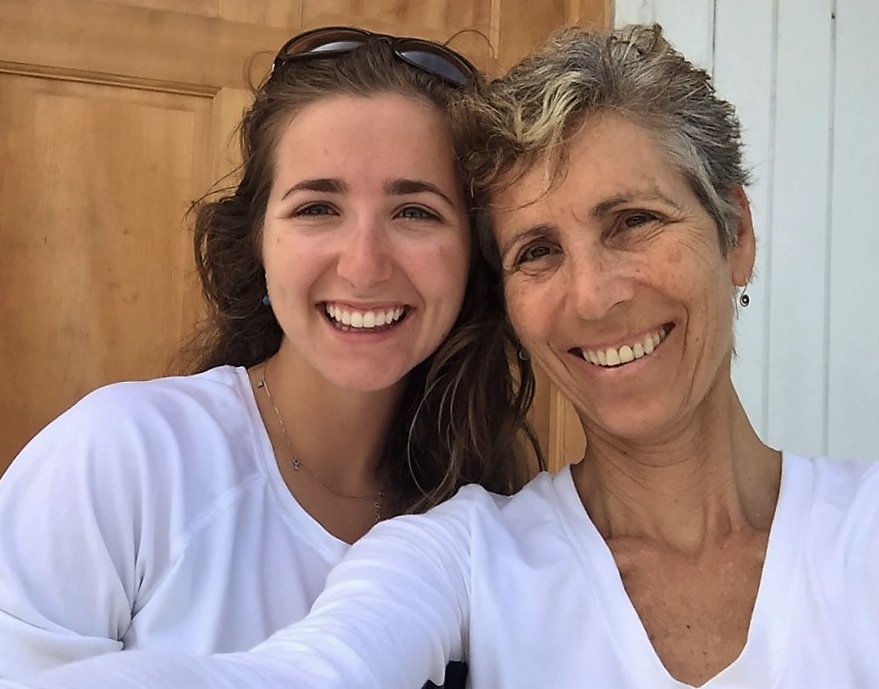
Features
Research
Egg variation a key to restoration of dwindling conch populations
Collecting queen conch eggs from several females is a key factor to ensure variation in the offspring from an experimental hatchery in the Bahamas notes a recent study.
August 22, 2017 By Ruby Gonzalez
 Laura Issac Different genetic makeup provides quality and quantity
Laura Issac Different genetic makeup provides quality and quantityThe hatchery was set up as part of a program to restore queen conch populations in the region. The project originated with the Hummingbird Cay Foundation (HCF) and is part of their mission. HCF conducted this study in partnership with the Florida Atlantic University and Harbor Branch Oceanographic Institute (HBOI-FAU).
“We conducted this study to determine variation between egg masses from different females. Each egg mass holds half a million eggs, meaning one egg mass could be all we need to run our hatchery. But since we found evidence of variation, we concluded that we need to gather eggs from many females to sustain a hatchery with the purpose of restoring the species,” Laura Issac
told Hatchery International. Issac is a student of Biology, Environmental and Sustainability Studies at the University of Kentucky and a 2016 & 2017 summer intern at the HBOI-FAU.
“Population genetics tells us if all members in a population have a similar genetic makeup – without variation in offspring – there could be a higher possibility of a population crash. For example, one disease could wipe out all the members,” she added.
Variation of veliger hatching, development, and growth from five Strombus gigas queen egg masses: for restoration of the species, was authored by Issac under the mentorship of Dr. Megan Davis. It was conducted from June 20 to July 4, 2016 in Hummingbird Cay, a private island off the southwest shore of Great Exuma, Bahamas.
Davis, an associate executive director at HBOI-FAU, was a co-founder of the world’s first queen conch farm in the Caribbean, where she was instrumental in developing commercial techniques for queen conch aquaculture.
Queen conch, take three years to reach maturity. Survival is threatened by sharks, rays, turtles, lobsters, predatory gastropods and humans.
An endangered species
Overfishing in the ‘70s marked the beginning of the decline in conch populations. By 1992, it was listed in Appendix II of the Convention on International Trade in Endangered Species of Wild Fauna and Flora (CITES).
Initial experiments investigated the viability of the new hatchery by conducting studies that observed conch egg mass hatch rates and veliger (larval) growth and development.
A total of five egg masses (EM) were collected from two locations. Thirty-one to 100% of the veligers hatched out on the first night.
On day 1, EM1 had 100% hatching rate, followed by EM5 (89%), EM3 (88%), EM4 (35%) and EM2 (31%).
It was observed that throughout the five embryo development stages, EM1 and 5 and, then EM3 and 4, developed at the same rate. EM2 required an extra 24 hours to develop to stage 5, or the ready-to-hatch stage.
A study was conducted for veligers that hatched out of EM1 to determine growth and development of the veligers fed three different phytoplankton feeds.
This study determined how well veligers could be grown exclusively on natural foods found in unfiltered seawater.
The veligers were fed either Tahitian Isocrysis galbana (Tiso) with naturally occurring foods in unfiltered seawater, Chaetoceros gracillis (Cg) with the natural foods in the unfiltered seawater, or only naturally occurring foods in unfiltered seawater.
The rest of the veligers from other egg masses were fed a traditional commercial phytoplankton feed with the naturally occurring foods in unfiltered seawater.
Feeding challenges
The four-day feeding experiment showed that veligers fed with Tiso had the fastest growth rate and had a siphonal length of about 490 μm on day 4. Those fed with Cg followed closely at about 475μm. There was significant difference with those fed natural foods; these veligers were about 335 μm.
The highest survival rate was shown to be 97% for veligers from EM1, which were fed Cg. The lowest, 77% for veligers, from EM4 fed with Tiso and natural foods. The veligers from the other EM fed with Tiso and natural foods had significantly higher survival rates.
“Further experimentation will show if there is a better way to feed veligers in this specific hatchery setting,” Issac said.
Asked about the components of a successful conch restoration program, she said, “There are many,” and implied that the issue must be tackled through a holistic approach.
“One is education of the public and of the fishermen and hopefully getting them engaged in our efforts. Another is providing an alternative way to get conch, such as through aquaculture. Finally, this situation may even call for a fishing intervention,” she said.
There are cultural and bureaucratic challenges, among others.
“Conch fishing is a large part of the Caribbean life style. We would be asking fishermen to alter this now to ensure they still have conch later. Fishing is not regulated as heavily here as it is in the United States, so that’s another challenge,” Issac said. “Trying to place a moratorium will be difficult, and keeping poachers away may prove to be even more challenging.”
— Ruby Gonzalez
Print this page
Advertisement
- Norwegian researcher plugs benefits of selective breeding
- Farmed salmon ear deformity traced to growth speed





